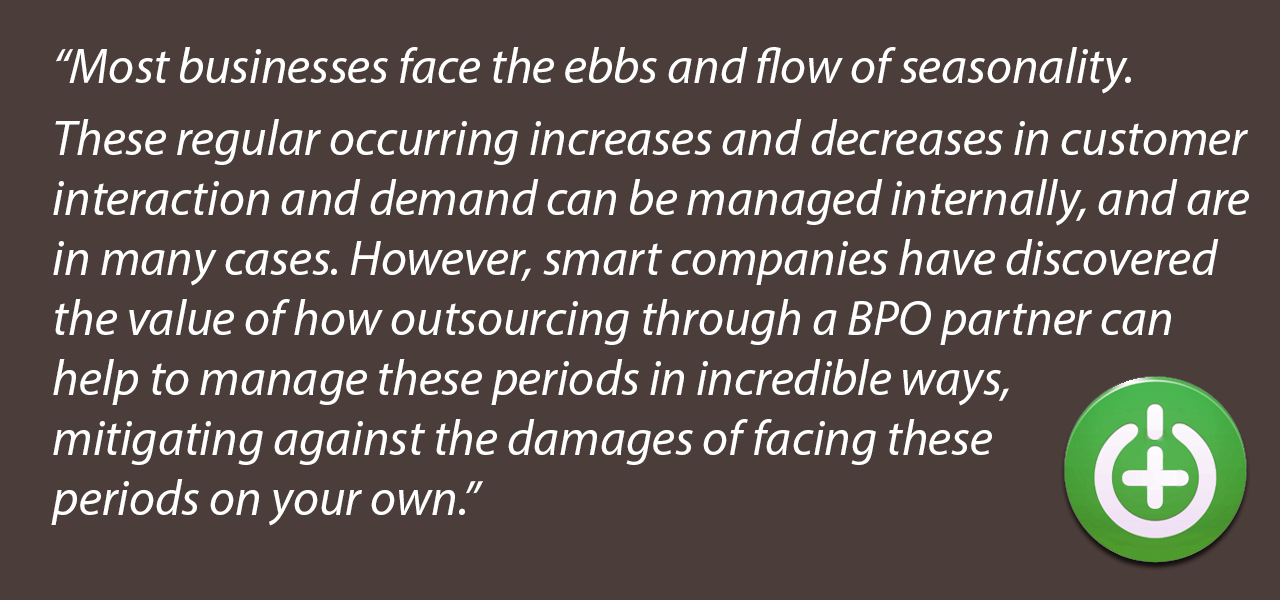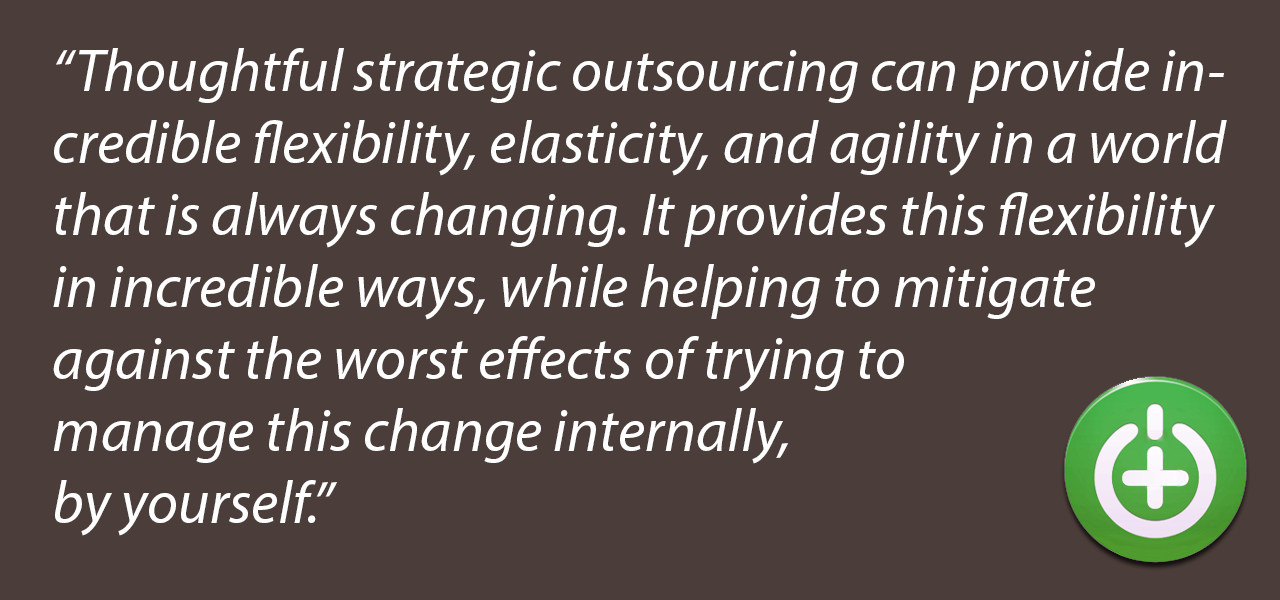As promised, round 2 of 3 (here’s round one).
One of the world’s most amazing Oyster restaurants on earth can be found hidden away on The Wier, just outside of Galway, Ireland. Should you ever get the chance to go, some of the most famous food critics on earth have made the trek themselves and all agree you should do so. Moran’s is more than just a restaurant, it’s a piece of history. I got to know Michael Moran and his family’s restaurant very well during my time living in the small neighboring village of Clarinbridge. Michael was the 6th generation of Morans to have run the restaurant, and a world oyster shucking champion several times over (I’m serious, feel free to Google him). That’s a legacy.
There are two times a year when the steady business of Moran’s oysters and Guinness are disrupted. This first ebb and flow occurs when every summer the local Oyster Festival in Galway occurs, with its accompanying horse races, bringing in the masses and the elite alike for the season. I remember listening to Michael recount how they have to clear away the small lane by the cottages nearby and make room on the nearby lawns for the private helicopters to land, bringing patrons in for lunch from the races. At that time of the year, each year, it’s all hands on deck. His whole family is at work, and they bring in extra temporary support to man the extra tables they set up with those already lined up out front near the water.
The second time is quite a bit more literal. Every year during the natural course of the tides, The Weir spills over its banks at high tide, fills up the road, and comes right up to the front door…washing away anything they may have left on the front patio for a season. The literal ebb of business due to an actual flow.
Most businesses face the ebbs and flow of seasonality. These regular occurring increases and decreases in customer interaction and demand can be managed internally, and are in many cases. However, smart companies have discovered the value of how outsourcing through a BPO partner can help to manage these periods in incredible ways, mitigating against the damages of facing these periods on your own.
Case #1.
One company I know fairly well sees exceptional seasonality through the holiday period at the end of every year. They peak-out at nearly 30% of normal demand through the winter months, and then experience a sharp drop off of 20% in the summer months. The interesting thing here is that they have a very strong stance on outsourcing. They don’t do it. Period. They believe very strongly that every agent must be an employee of the company in order to maintain the purest of culture and approaches towards their customer base. They maintain that if they don’t see their company name on their paychecks, that they won’t represent the company in the same way.
I’ll admit that even I, at first, was enamored and impressed with this organization. After all, they are a leader in their space, and one of the most respected companies in their industry. As a direct competitor, I was even tempted to follow their lead in this regard as I began my own customer service strategic planning. However, once I started to try to hire away some of their talent for my own setup and found it way easier to do so than it should have been, I started to discover a massive problem in their company.
The fact was that they had destroyed their employee morale.
While their employees loved the brand, the product, and had some pride of working there…the longer they stayed there, the worse it got. They had simply seen far too many of their friends and coworkers come and go in the seasonal hiring ramps, and subsequent firing periods over the years. Even a 10% reduction feels like 50% when these things happen. Now, imagine doing this – on schedule…year after year. From the oldest agents to the ones that just walked in the door, they all retained a small portion of perpetual fear that this would be the year that they would be caught up in the culling and offered as tribute. There was a deep rooted darkness which had permeated its way through their entire support staff which ate away at their morale and job satisfaction day by day.
At one point, recognizing the damage they were incurring, the leadership took steps to mitigate the ebb and flow, by providing reduced levels of service in the winter to their customers (saving on hiring), and retaining their employees through the low season. This too proved to be disastrous, and in many cases worse than the first. It was much more costly in brand impact effects, customer dissatisfaction, lifecycle impacts, and moreover in the straight up costs of keeping the heavy staffing numbers on over the summer. Worse yet, they still saw severe impacts to agent morale as they unsuccessfully struggled to keep up with the contact volume in winter and even more frustrated when they were left with nothing to do in the summer, sitting and staring at computers all day waiting for a call to come in.
So we went the other way. We outsourced.
I chose a partner and outsourced our tier 1 and part of our tier 2 work; only our clearly established processes and solutions. Our tier 3 support team was kept in-house. We selected a number carefully that would allow us to retain these folks for years, even in the event of a failed product launch (as we’d simply bring tier 2 and tier 1 work back internal). The result was that we didn’t ebb and flow with seasonality internally. This left our internal teams feeling secure in their jobs and their future. Our teams maintained a strong positive morale as they were always busy, saw their friends every day, delighted customers, felt valued by the company, and were retained with time.
Ah, but now you’re saying, “But, what about the outsourced agents?!” right?
Here’s the thing. I chose BPO partners who run large number of campaigns, are always hiring, and always looking to place quality agents. I specifically chose sites where I knew this was happing, I partnered with them to look for the best strategic scenarios. When our seasonality occurred, agents weren’t fired. They were simply moved off our campaign and onto others, and in many cases when our demands increased again…agents were given the option to come back to our campaign. In this way, I was even able to retain agent knowledge and short cut training requirements drastically.
It’s not perfect, nothing is. But it was far more flexible than the alternative, and a lack of flexibility in business is not an option.
More importantly, we weren’t creating an annual Glassdoor review dumping ground, as we handed out pink slips in the parking lot.
Case #2.
I recently setup a telesales solution in a highly regulated sector of business. It required that we follow strict policies around licensing of our agents. We were up against an incredible time crunch, I discovered this only as I came in to help out. We were late to the game. In fact, the majority of BPO partner companies I contacted simply couldn’t help me and turned me away, telling me I had missed the boat.
The company’s initial plan had been to manage this need internally, pushing internal customer support members to go through the lengthy training processes to get licensed. However, this need was so specific to a very tight window of only a few months. It would only benefit them for that period. Furthermore, we would run an increased risk of them leaving our team once they had these important licenses to go off on their own or to work for a competitor. In addition, the customer support operations were new and fairly untested, complicated, and were expected to see increased demand during this period! So the idea of taking our best agents from support to go do telesales was simply impossible.
In the end, I was able to find a solution with a world leading BPO. They had a client who reduced their own need in this industry at the last minute, and left a set of licensed ready-to-train agents in a great cost location. Together we made miracles happen, and went from my need – to agents ready-to-go, taking calls, in less than a month. They had over 7 years of direct experience in the space, and as my company was fairly new to the space, they provided massive help in providing training materials, instructions, best practices, and team leadership on site to get us through the period.
#winning.
Case #3
Several years ago, a month before we were set for a massive product launch, the parent company of the business I was working for at the time came forward with a new financial model. The changes forecast a significantly higher adoption rate for launch. This meant that the previous 6 months of planning and setup would leave us short. Instead of the 1,200 headcount expectation we were anticipating, we were suddenly looking at a demand in the 1,500’s.
I had a dynamite recruiting team, but there was simply no way, in any reality, that we would have been able to pull these people in, hire and train them, and make the deadline had we tried.
I had already partnered with two leading BPO partners, and after a simple phone call with a trusted account manager on their side, they were able to meet our need in the Philippines in December (in the middle of their most celebrated holiday). They saved my bacon, and our launch.
In summary, my point here is pretty straightforward. Business needs change. All. The. Time.
Thoughtful strategic outsourcing can provide incredible flexibility, elasticity, and agility in a world that is always changing. It provides this flexibility in incredible ways, while helping to mitigate against the worst effects of trying to manage this change internally, by yourself.
And just in case you missed it the first time I wrote it: Outsourcing your scaling needs through a BPO allows for those agents working for your campaign to simply move on to another one. Which in today’s increasingly wired and interconnected virtual community can pay massive dividends when you’re not creating epic annual Glassdoor review dumping grounds, as you hand out pink slips and cardboard boxes in the conference rooms.
Remember: Ebb and Flow. Ebb and Flow.



